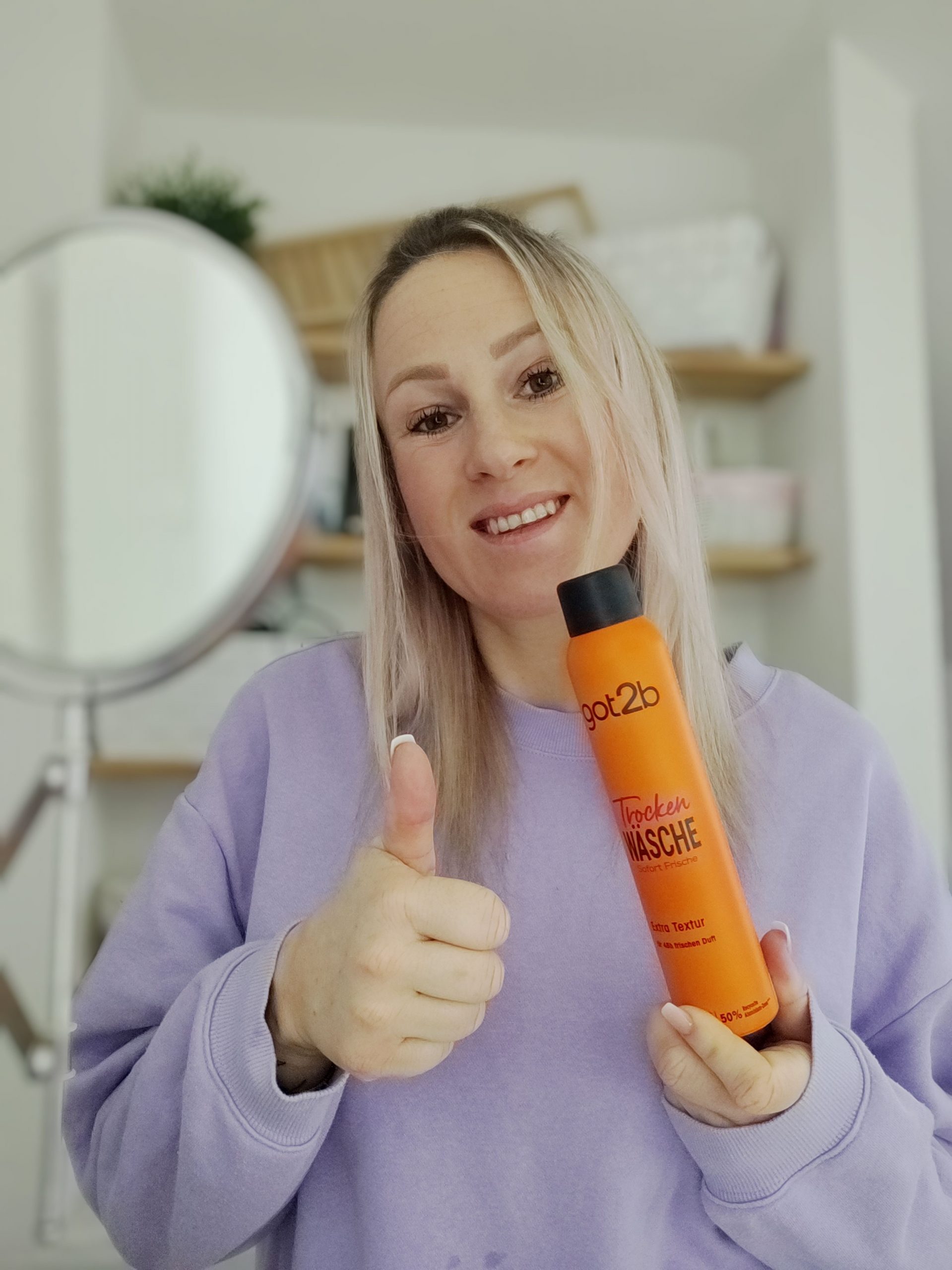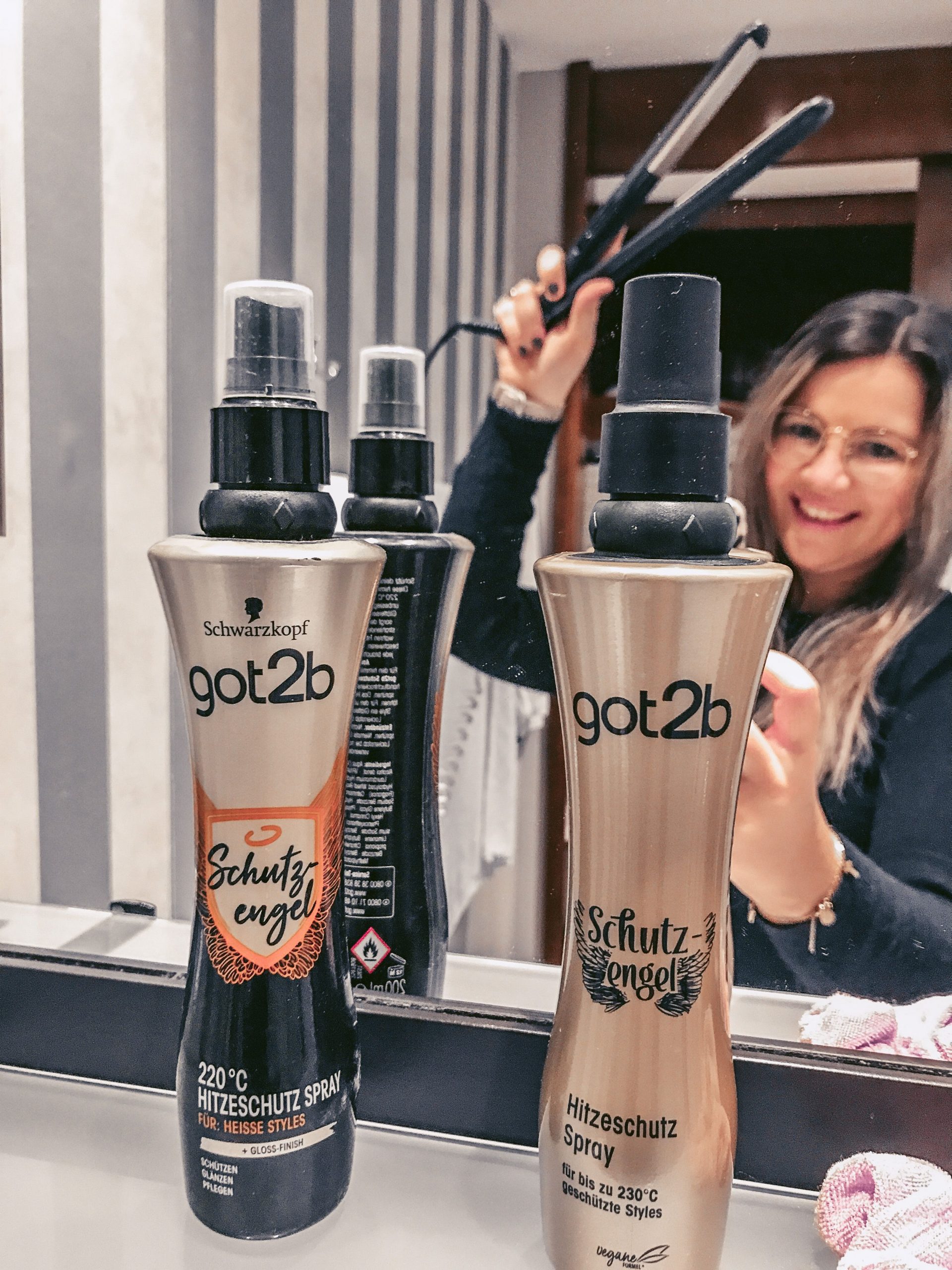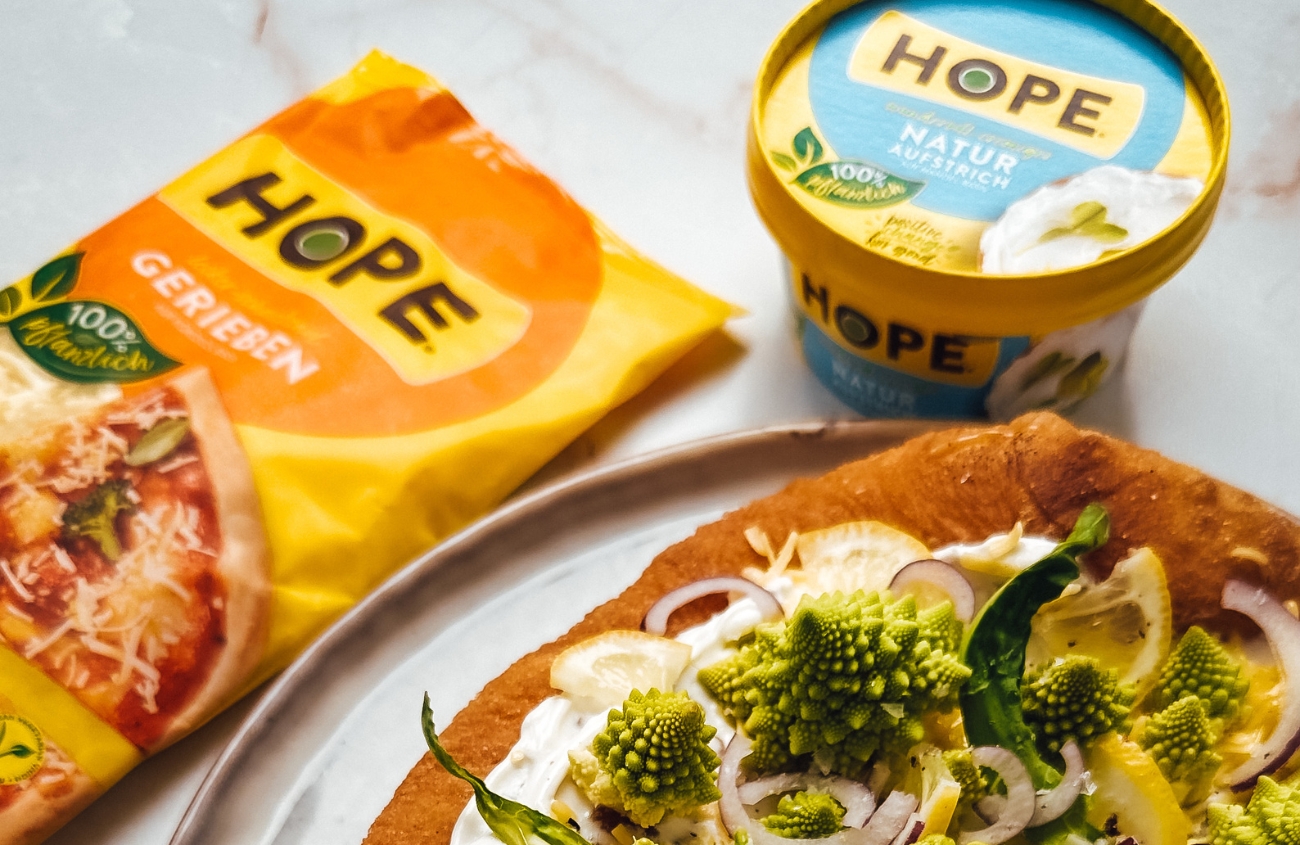With the development of product sampling, a simple rule persisted for a long time – distributing free samples to engage potential buyers. However, in the era of technological revolution, the approach to well-known marketing tactics underwent significant change. Over the past decade, a new strategy emerged – social sampling, which has become a key tool in marketers’ arsenal.
Social sampling is a method based on collaboration, typically with smaller influencers, especially nano and micro influencers, to promote a brand, product, or service on social media or review platforms. Through this tactic, brands acquire authentic opinions and reviews from real consumers even before introducing products to the market.
In this article, we will focus on the concept of social sampling and learn how to leverage this strategy to enhance marketing efforts and increase customer engagement. We will explore the benefits of partnering with nano and micro influencers, effective methods of gathering genuine reviews, and how to utilize this information to refine products and marketing strategies.
How do social sampling campaigns work?
Social sampling campaigns are based on collaboration with influencers who create authentic content related to a brand, product, or service, and then share it on social media platforms or review sites. The main goal of these campaigns is to engage consumers, build brand awareness, and encourage purchases by leveraging the trust and popularity of influencers on social media.
The process of running social sampling campaigns can be divided into several key steps.
Selecting suitable influencers: The first step involves identifying and choosing influencers who are relevant to the industry, product, or service being promoted. Selecting the right influencers is crucial because their authenticity, reach, and engagement are key factors affecting the campaign’s effectiveness.
Creating authentic content: After selecting influencers, the brand collaborates with them to create genuine and valuable content. Influencers test products or utilize services, then share their honest reviews, opinions, unboxing experiences, or photos on their social media profiles. This content is personalized and based on their own experiences, building a connection with their followers.
Content distribution: Influencers publish the prepared content on their profiles across various social media platforms such as Instagram, YouTube, Facebook, or TikTok. This content reaches both loyal followers of the influencers and new potential customers who follow their activities.
Benefits of Social Sampling Campaigns
Consumer product testing through social sampling allows brands to reach a diverse audience by collaborating with nano and micro influencers, who focus their followers in specific areas, such as a particular city, as well as with macro influencers, who have a national-level reach. Such campaigns bring cost savings, as these influencers do not have millions of followers or numerous partnerships, creating a favorable situation for brands.
One of the key features of social sampling campaigns is their authenticity, which forms the foundation of their effectiveness. Smaller influencers often engage with a limited number of brands, making a brand that collaborates with them appear more credible. In contrast to mass campaigns involving well-known celebrities, smaller influencers build more personal relationships with their followers, fostering trust and positive brand associations.
Unlike traditional product tests where brands distribute tens of thousands or even millions of samples, social sampling focuses on a smaller number of real products, emphasizing the power of influence and the value of word-of-mouth recommendations from one consumer to another. This is particularly important in the age of online communication, where opinions and reviews from other users play a crucial role in brand building and generating conversions, especially when introducing new products to the market.
Social sampling campaigns generate greater reach and engagement compared to traditional advertising forms. Influencers, acting as intermediaries, share authentic content, making audiences more trusting of the information presented and engaging with the conveyed messages. This trusted communication enhances campaign effectiveness, translating into achieving marketing objectives.
Once considered an additional business strategy due to challenges in scaling the process, consumer product testing has been transformed into a justified and effective business investment thanks to social media and e-commerce advancements. This unique approach, based on authenticity and trust, has turned traditional testing into a powerful marketing tool, delivering significant benefits for both brands and consumers.
Precise and Measurable Actions
Social sampling campaigns stand out as a tool of precise and measurable action, surpassing other methods of product sample distribution. Through them, brands can go beyond basic demographic data and purchase history, identifying consumers based on more qualitative attributes such as shopping preferences, lifestyle, or personal values. This granularity of targeting allows brands to connect with genuinely interested individuals, resulting in more authentic interactions and effective user-generated content generation.
In contrast to traditional product testing methods where there might be a concern that campaign participants are solely interested in free products, well-constructed social sampling significantly reduces losses in marketing efforts, reaching a more relevant and engaged audience. As a result, user-generated content gains more value and authenticity, which better resonates with potential customers.
Another significant advantage of social sampling is its high measurability. Brands can track and analyze various metrics, such as the number of reviews and user-generated content generated during the campaign. Additionally, it is possible to monitor engagement, such as the number of clicks, likes, and shares, providing valuable insights into the campaign’s effectiveness. This allows brands to accurately trace the campaign’s impact from the initial contact to actual purchases made by friends and followers influenced by product or service recommendations. This enables the refinement of marketing strategies and the optimization of future social sampling campaigns, ultimately leading to even better results.
Easy Access to Feedback and Product Opinions
Effective social sampling campaigns provide easy access to valuable feedback and opinions from consumers. Typically, after the campaign concludes, surveys are conducted to gather overall opinions and insights from consumers. This allows for understanding what works and what doesn’t, what influences relationship-building and loyalty. Accumulating such information enables brands to refine their products and marketing strategies, facilitating better alignment with the needs and preferences of their customers.
How to Conduct Social Sampling Campaigns?
Social sampling campaigns can be carried out in three ways:
1. Activation of the brand’s community: At TERRITORY Influence, we believe that every brand has its own community of consumers, and the key to success is nurturing these relationships and engaging in meaningful communication with the community. The consumer community in online channels is an ideal group for conducting social sampling, as it consists of numerous consumers ready to test your product and then recommend it to their community.
2. Utilizing an external community: Another option is to collaborate with an agency that has its own community. Partnering with such an agency can allow you to reach new audience groups and leverage their engagement and influence.
3. Collaborating with professional influencers for creating sponsored content: Another way to conduct social sampling campaigns is to collaborate with influencers who create sponsored content, showcasing the brand or product to their audience.
1) Activating your Own Communities
An example of a company that effectively leveraged the value of social proof and recommendations in their own community to drive sales is the Belgian supermarket chain Delhaize. The brand aimed to generate meaningful discussions within its target group and activate authentic word-of-mouth marketing through targeted actions focused on consumer product testing.
With the assistance of TERRITORY Influence, Delhaize launched a platform that gathered over 40,000 consumers between 2015 and 2020. The platform operated as a VIP club, where new articles, contests, and surveys were published weekly to engage Delhaize shoppers. Over the years, 20 community-engaging campaigns were conducted.
Through this initiative, Delhaize gained a loyal community ready to share their experiences with the brand, contributing to increased awareness and product sales among customers and their acquaintances. Collaborating with engaged communities brings many benefits to brands, helping them achieve their set objectives.
2) Utilizing Existing Communities
If a brands do not have own brand communities yet, they can also work with already existing ones. TERRITORY Influence, for example, owns an international community of nano and micro influencers, the so-called: TRND platform, which brings together thousands of consumers and brands in European markets. TRND consists of active social media users who enjoy discovering new brands and sharing their opinions. As a result, brands can swiftly assemble an ideal group of consumers, provide them with free product samples, gather reviews, spark discussions on social media, and obtain user-generated content in the form of photos and videos.
In Germany, Henkel with their brand got2be made use of these advantages. The brand decided to conduct a campaign to support their relaunch of the dry shampoos and heat styling products. 4K people were chosen to spread the word and gain online awareness through UGC and ratings & reviews.
We educated and guided the nano influencers through a printed handbook and a dedicated website so that they could then educate their followers and friends about the correct usage. With blogposts, newsletters and individual E-Mails we inspired them during the campaign to share their experience.
Since we did before and after surveys with the participants, got2b gained real-life feedback and user insights. The high recommendation rate of 96% can be used by the client in the external communication in form of a seal. We definitly achived our goal of raising awareness, over 537K people were impacted offline through personal recommendations! 30K of them were also able to try the products out because our nano influencers shared them with them.
One small insight from an TRND Ambassador:
For me the best dry shampoo. I tried other brands, but I did not like the outcome. I rarely use dry shampoo so as not to dry out my scalp. I have already shared my experience with my friends and they also tried it. – Ambassador via TRND.de



3) Social Sampling Using Paid Influencers for Sponsored Content
Utilizing well-known influencers and popular online creators for product testing is a tried-and-true tactic employed by marketers, yielding impressive results for many years. With the growing interest in such activities, numerous influencer marketing agencies have emerged to assist marketers in finding the best influencers to collaborate with.
Organizing social sampling campaigns using paid influencers can effectively enhance brand visibility, especially considering that many of these influencers have substantial and dedicated follower bases. Appropriately chosen influencers can reach their trusted followers and provide authentic recommendations, positively influencing how potential customers perceive the product.
It’s important to keep in mind, however, that most influencers require compensation for their services, in addition to receiving free products for testing. As a result, campaigns involving paid influencers may come with certain costs, but they also offer an excellent opportunity to increase brand awareness and reach a broad target audience.
One example is HOPE – a producer of vegan dairy alternatives. The brand decided to conduct a campaign in the German market, with four micro influencers and one macro influencer. The campaign aimed to test the new vegan products and create recipes based on these dairy alternatives. Hereby, the main goal was to increase brand awareness on social media and interest in the new, innovative products. Thanks to carefully selected influencers and authentic content, the campaign achieved spectacular success, reaching an audience of 500,000. This specific example clearly demonstrates that social sampling campaigns, even with a smaller number of influencers but very well selected and matching the brand’s values, can yield impressive results.

Social Sampling Influences Purchase Decisions
Last, but not least, it’s worth nothing that as the future of social media evolves, consumer awareness of sponsored and promotional activities is also increasing. Hence, the value of authenticity and engagement is becoming increasingly significant in crafting effective social sampling campaigns. Consumers are becoming more aware and appreciative of authentic recommendations and the credibility of influencers, influencing their purchasing decisions. This is precisely why social sampling campaigns based on honest opinions and trust are achieving greater success in today’s competitive world of influencer marketing.
Are you ready for a social sampling campaign?

